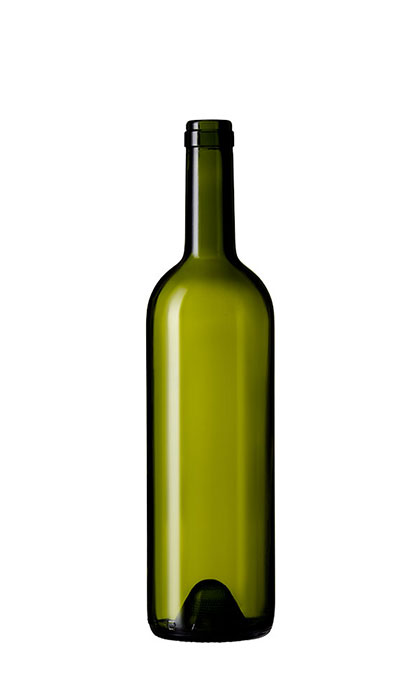Bordeaux
The Bordeaux bottle is currently one of the world's most popular bottle shapes. As the name suggests, it originally comes from the celebrated winegrowing region in western France.
Almost 100% of wines from this region are filled in Bordeaux bottles. That means all the nectar from a good 120,000 hectares i.e. a total of approximately 6 million hectolitres of fine wine filled in Bordeaux bottles. And that’s “only” in this eponymous region! Essentially, the Bordeaux bottle can be used for any kind of wine. However, the majority of Bordeaux bottles in circulation are likely to contain dry red wine. The Bordeaux shape is also widespread for physical reasons: it is the most stable of all the basic wine bottle shapes.
Shape of the Bordeaux bottle
Like the Burgundy bottle, the base of the Bordeaux bottle is slightly concave to prevent deposits (sediment) from escaping when pouring. Its rather tall shoulders and generally tapered body are what give it such a striking appearance, and it now comes with all types of finish. This means that any type of closure can in turn be used in Bordeaux bottles, surely contributing to the fact that this shape is streaking ahead in the popularity stakes.
Colours of Bordeaux bottles
As most storable wines are filled in Bordeaux bottles, this shape comes largely in dark, muted shades somewhere between dark brown and dark green. In the white wine segment, one is increasingly seeing Bordeaux bottles in dark hues as well. The well-known Steiermark (Styria) bottle, for example, also features the Bordeaux shape and has naturally become renowned in white as well, mainly thanks to the “Junker” young wine brand.
Shape of the Bordeaux bottle
Like the Burgundy bottle, the base of the Bordeaux bottle is slightly concave to prevent deposits (sediment) from escaping when pouring. Its rather tall shoulders and generally tapered body are what give it such a striking appearance, and it now comes with all types of finish. This means that any type of closure can in turn be used in Bordeaux bottles, surely contributing to the fact that this shape is streaking ahead in the popularity stakes.
Colours of Bordeaux bottles
As most storable wines are filled in Bordeaux bottles, this shape comes largely in dark, muted shades somewhere between dark brown and dark green. In the white wine segment, one is increasingly seeing Bordeaux bottles in dark hues as well. The well-known Steiermark (Styria) bottle, for example, also features the Bordeaux shape and has naturally become renowned in white as well, mainly thanks to the “Junker” young wine brand.
XXL Bordeaux bottles
Given its aforementioned stability, the basic Bordeaux shape also forms the basis for current large bottle formats. Large bottles are particularly suitable for storing and ageing wines. The best-known models have borne rather Biblical names since time immemorial:
Given its aforementioned stability, the basic Bordeaux shape also forms the basis for current large bottle formats. Large bottles are particularly suitable for storing and ageing wines. The best-known models have borne rather Biblical names since time immemorial:
- Magnum: 1.5 l = 2 bottles
- Double magnum: 3.0 l = 4 bottles
- Jeroboam: 4.5 l = 6 bottles
- Imperial: 6.0 l = 8 bottles
- Salmanazar: 9.0 l = 12 bottles
- Balthazar: 12.0 l = 16 bottles
- Nebuchadnezzar: 15.0 l = 20 bottles
- Goliath: 18.0 l = 24 bottles
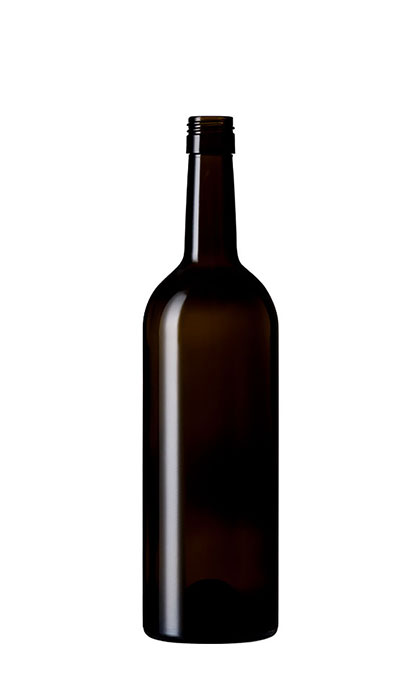
Bordeaux Antica
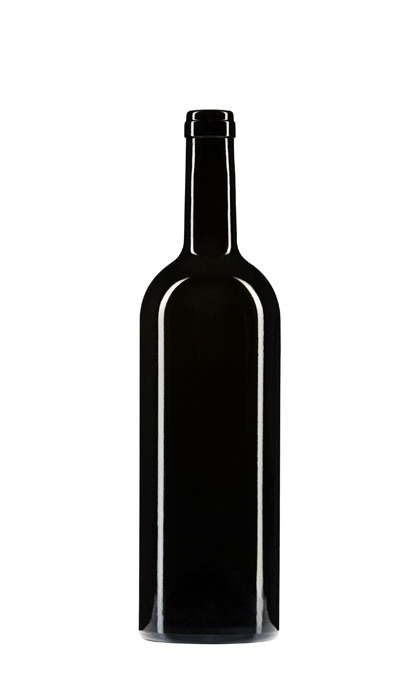
Bordeaux Antica Extra

Bordeaux Baros
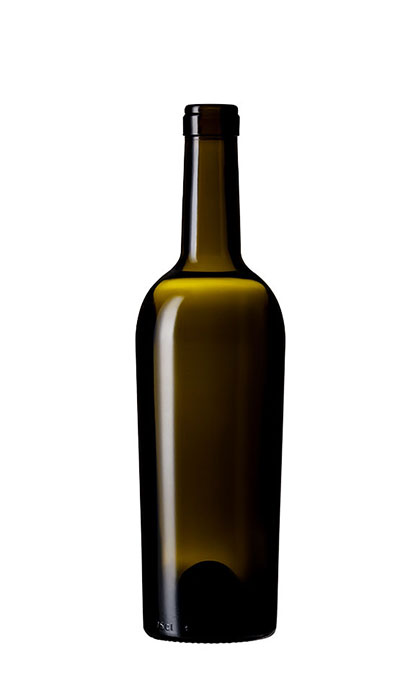
Bordeaux Baros light

Bordeaux Classique
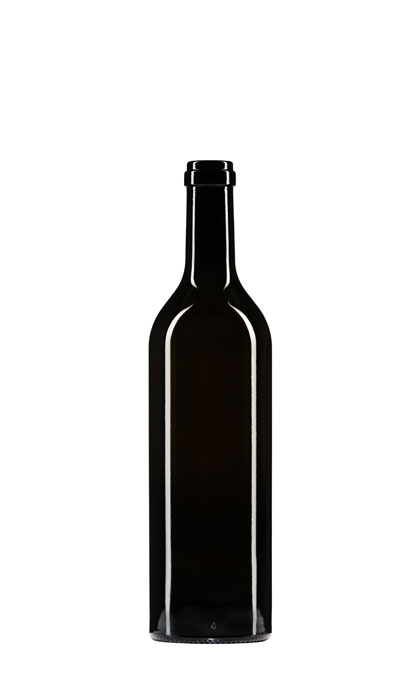
Bordeaux Cru
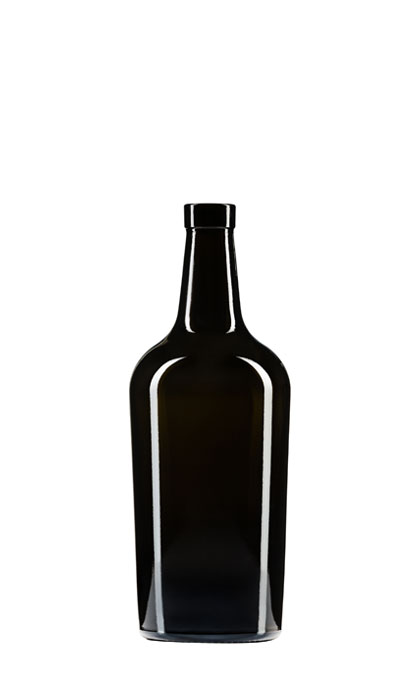
Bordeaux Cubana

Bordeaux Deco
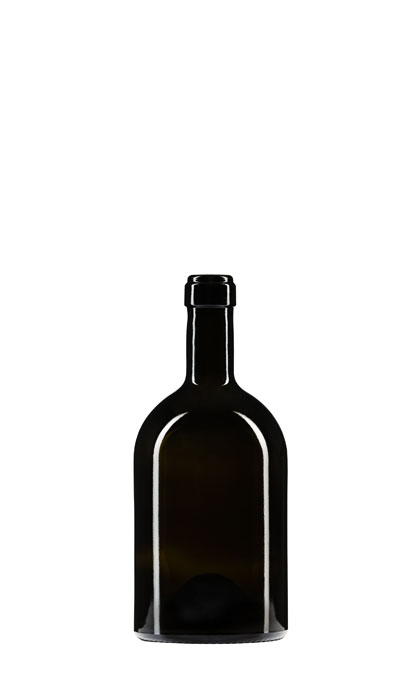
Bordeaux Demi
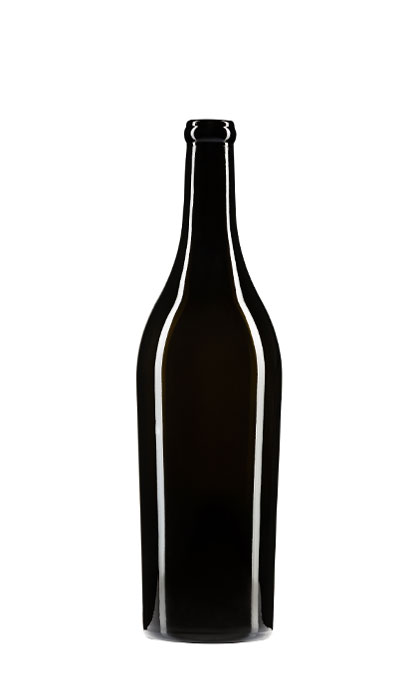
Bordeaux Ducale
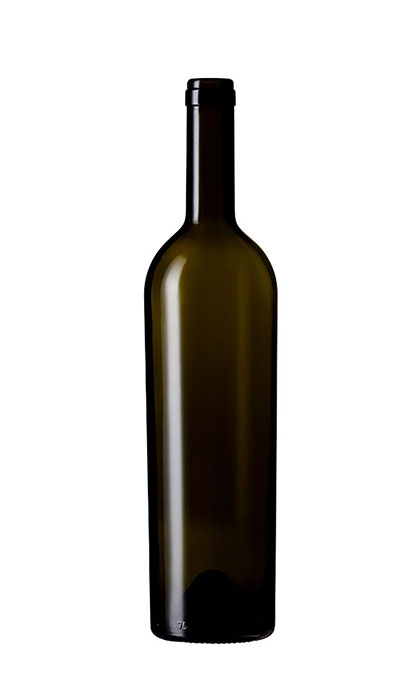
Bordeaux Elite

Bordeaux Emblem Eco
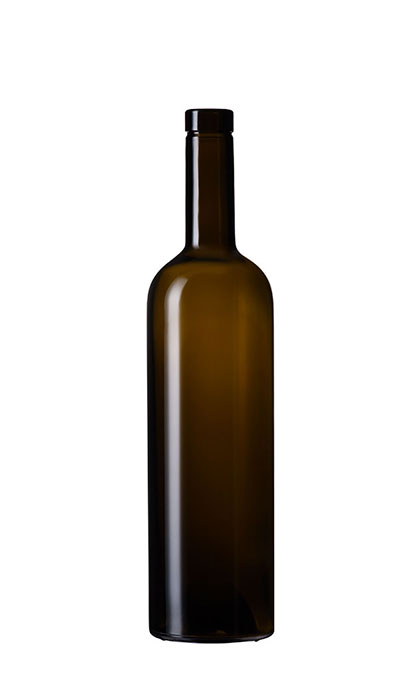
Bordeaux Essentia
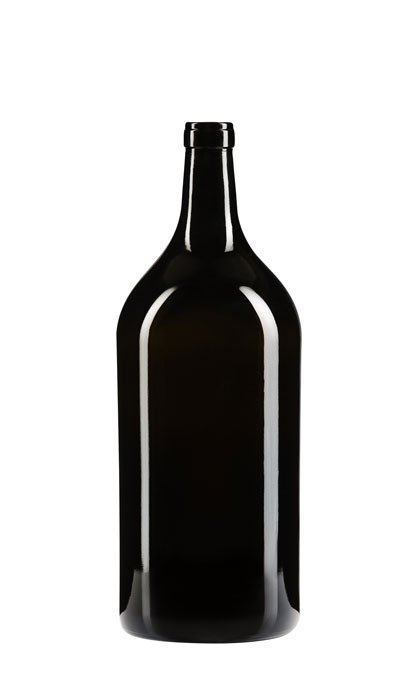
Bordeaux Francese
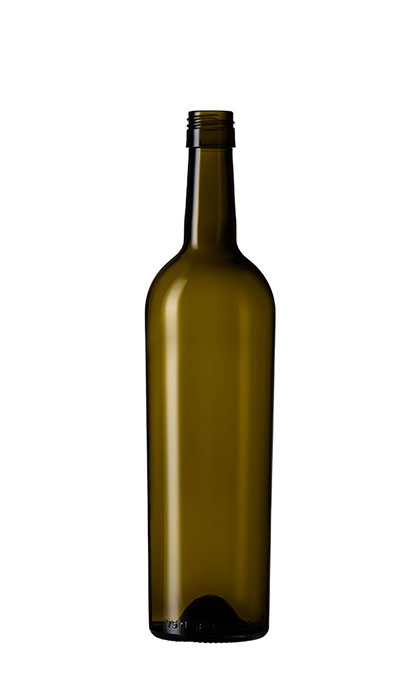
Bordeaux GC Campi
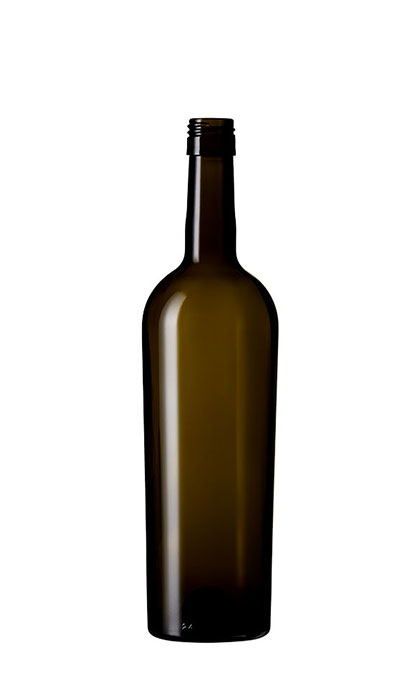
Bordeaux Gioia
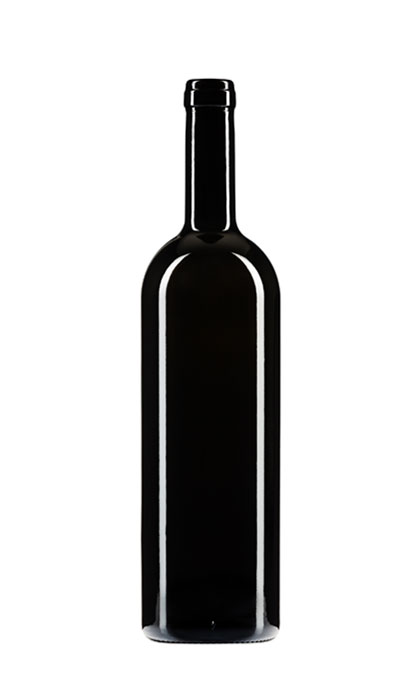
Bordeaux Golia

Bordeaux Golia Extra
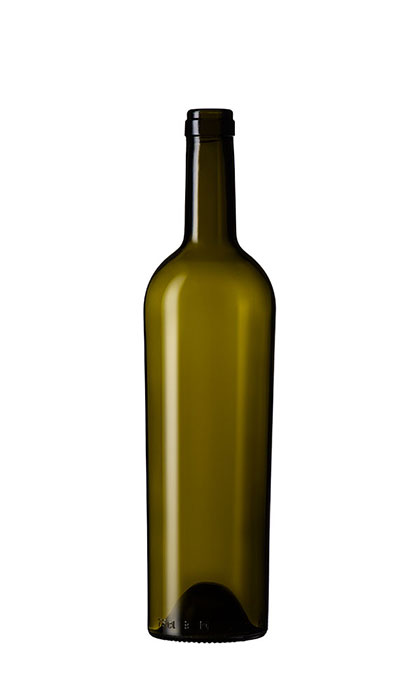
Bordeaux Gran Cru
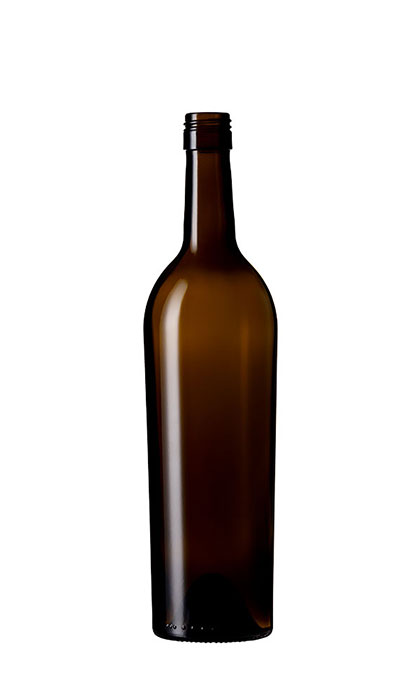
Bordeaux Gran Cru BVS
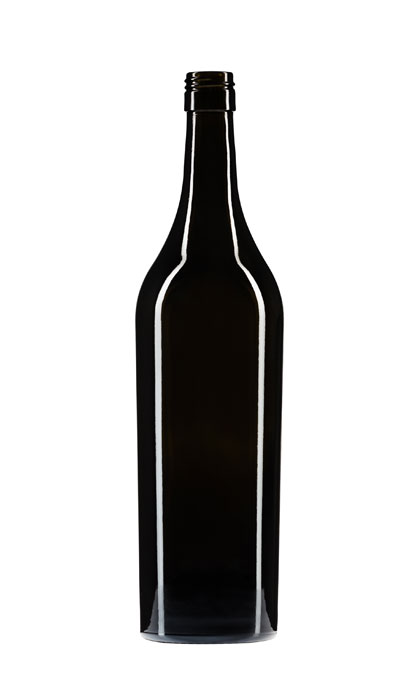
Bordeaux Gran Ducale
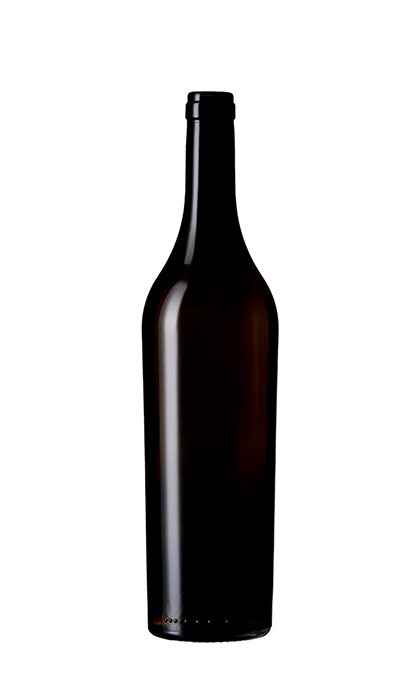
Bordeaux Gran Ducale Eco
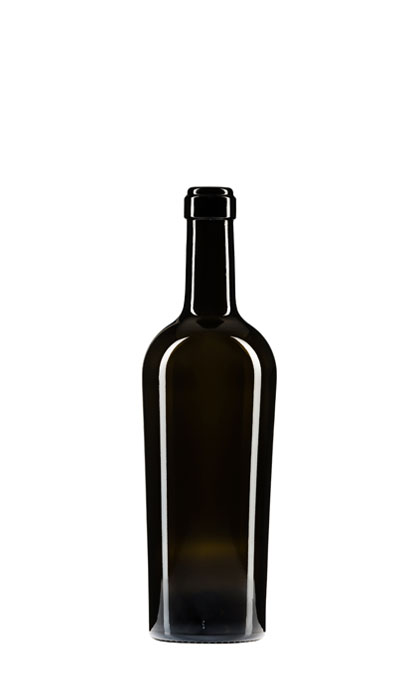
Bordeaux Imperiale Alta
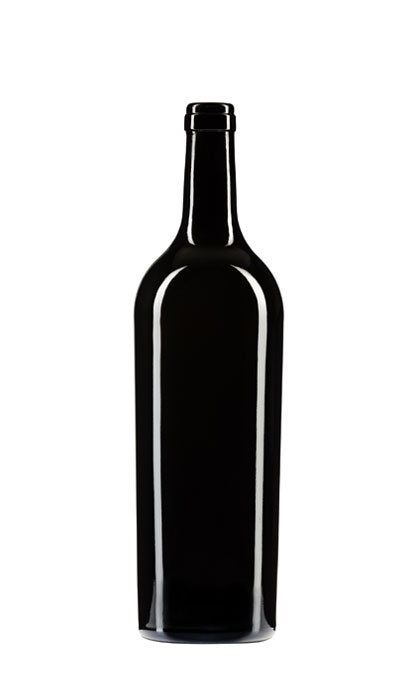
Bordeaux Medicea
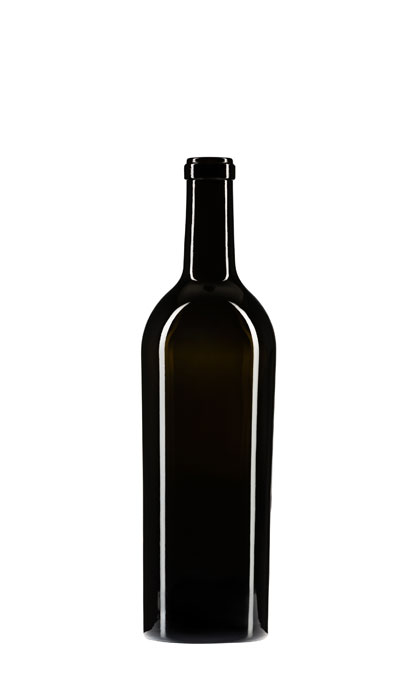
Bordeaux Old
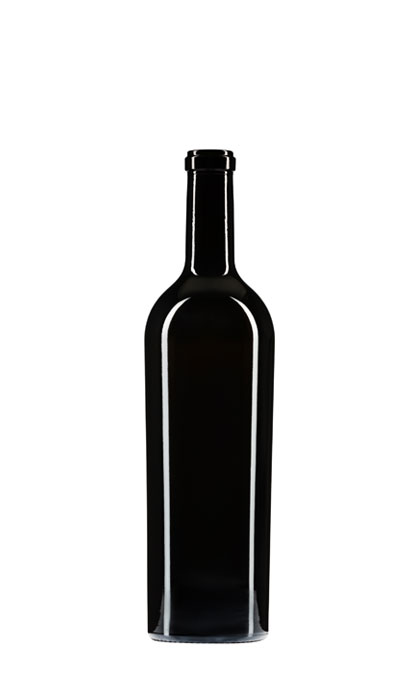
Bordeaux Plus Eco
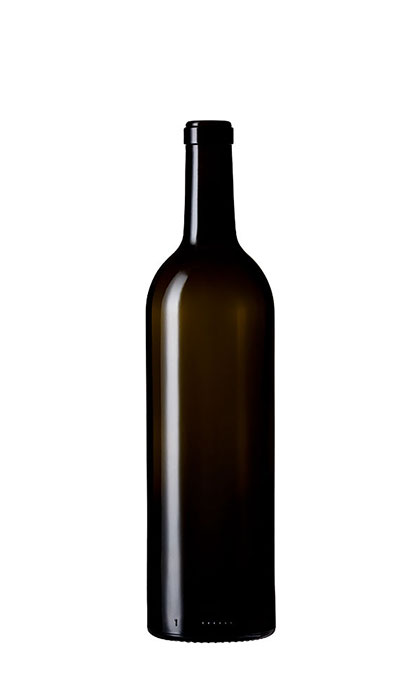
Bordeaux Reserve Leggera
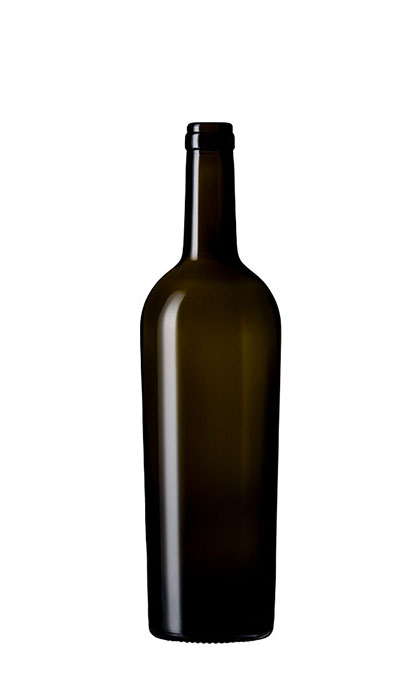
Bordeaux Sofia
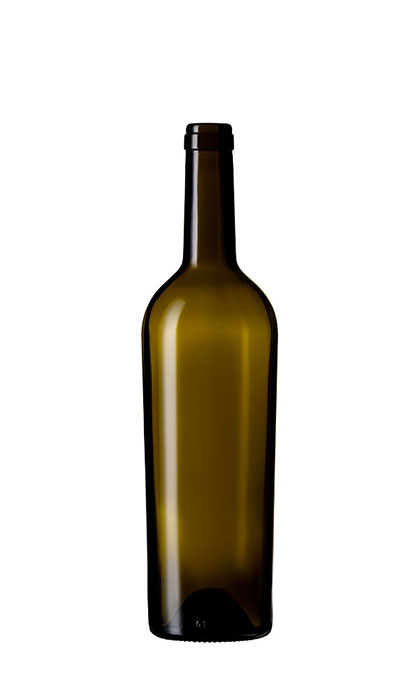
Bordeaux Sofia Ecova
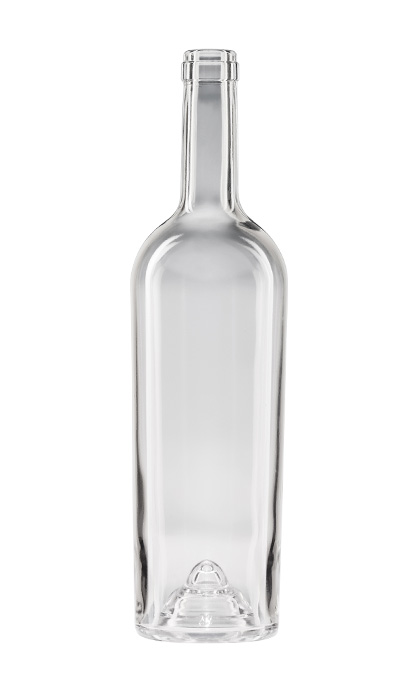
Bordeaux Storica Cono
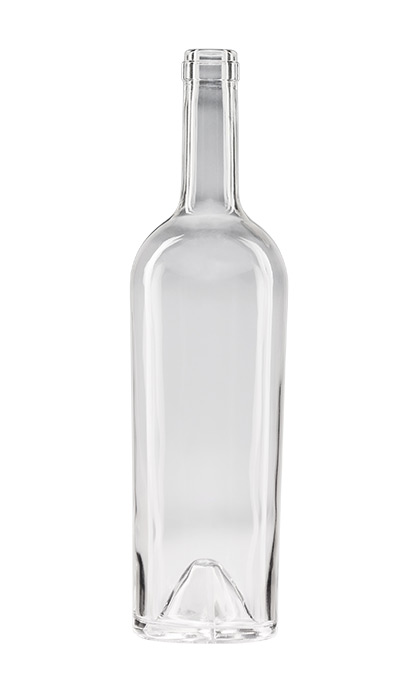
Bordeaux Storica Egizia
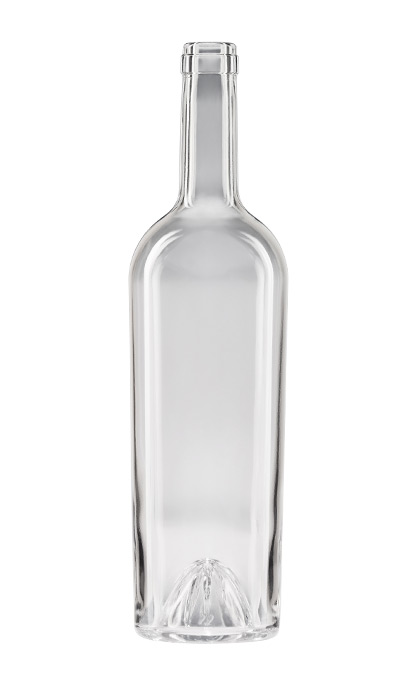
Bordeaux Storica Fiore

Bordeaux Storica Iceberg
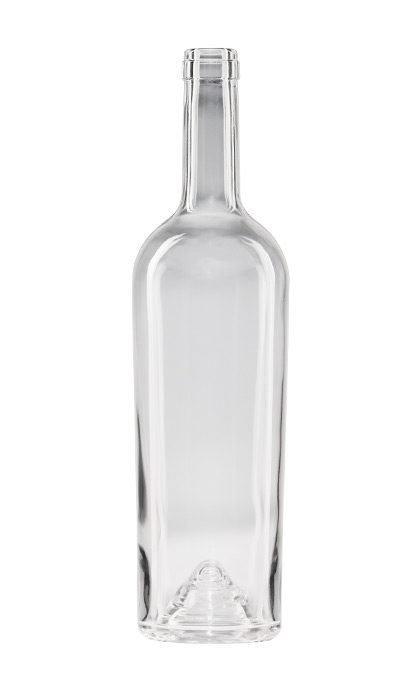
Bordeaux Storica Onde

Bordeaux Storica Pyramide
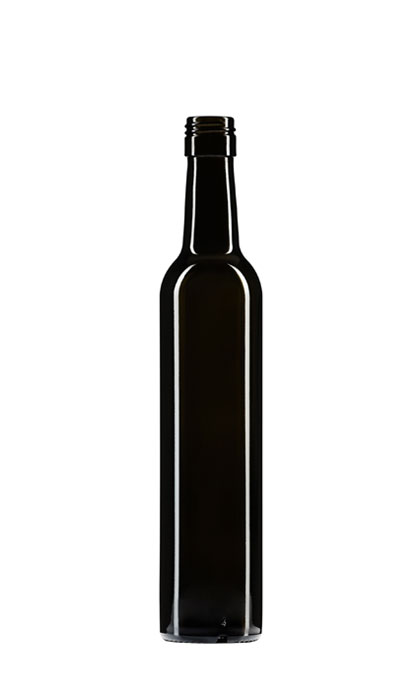
Bordeaux Vinuva
